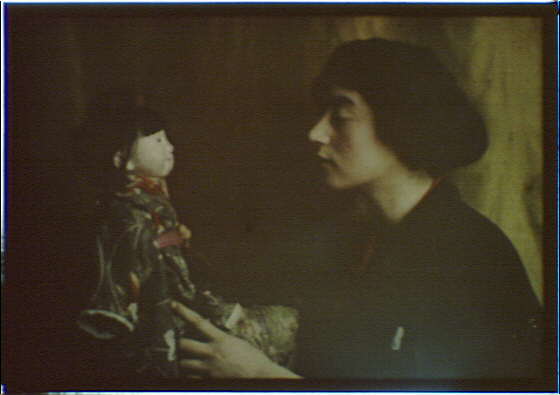
Summary of research
In my research, I used dolls as a lens to explore the values and attitudes that were being taught to children and how they differed by race. Throughout history, doll play has served as an outlet for children to mimic their experiences and beliefs about the world. Often, this meant expressing the racist attitudes that they picked up from the people around them. However, the construction of dolls also served to shape children’s play, and in turn, their attitudes about the world. For many children, the only image of black people that was presented to them was the heavily stereotyped dolls that were available on the mass market. This was especially harmful for black children, who very rarely saw people who looked like them being portrayed as beautiful. The movement towards accurate black dolls in the early 20th century attempted to push back against popular narratives and boost children’s self-esteem.
Opportunities for future research
There are two areas of research that I would be interested in diving deeper into. Several of my sources touched on the idea of femininity and gender roles, including Martin (2014) and Hall and Ellis (1897). I would be very curious to find out more about how dolls served to reinforce gender roles, particularly in the context of care and motherhood. It would also be interesting to look into how doll play was seen as a gendered activity and how people viewed boys who played with dolls. I also found several sources, such as Jacobs (2008) and the above photo from the Library of Congress, that feature dolls modeled after or used by other racial minorities. While most of my research for this project centered around black people and the dolls representing them, I think it would be interesting to compare the ways that dolls were used by other groups such as Native Americans and Asian immigrants. Dolls make a very useful subject for comparative research because of their prevalence across time and space.